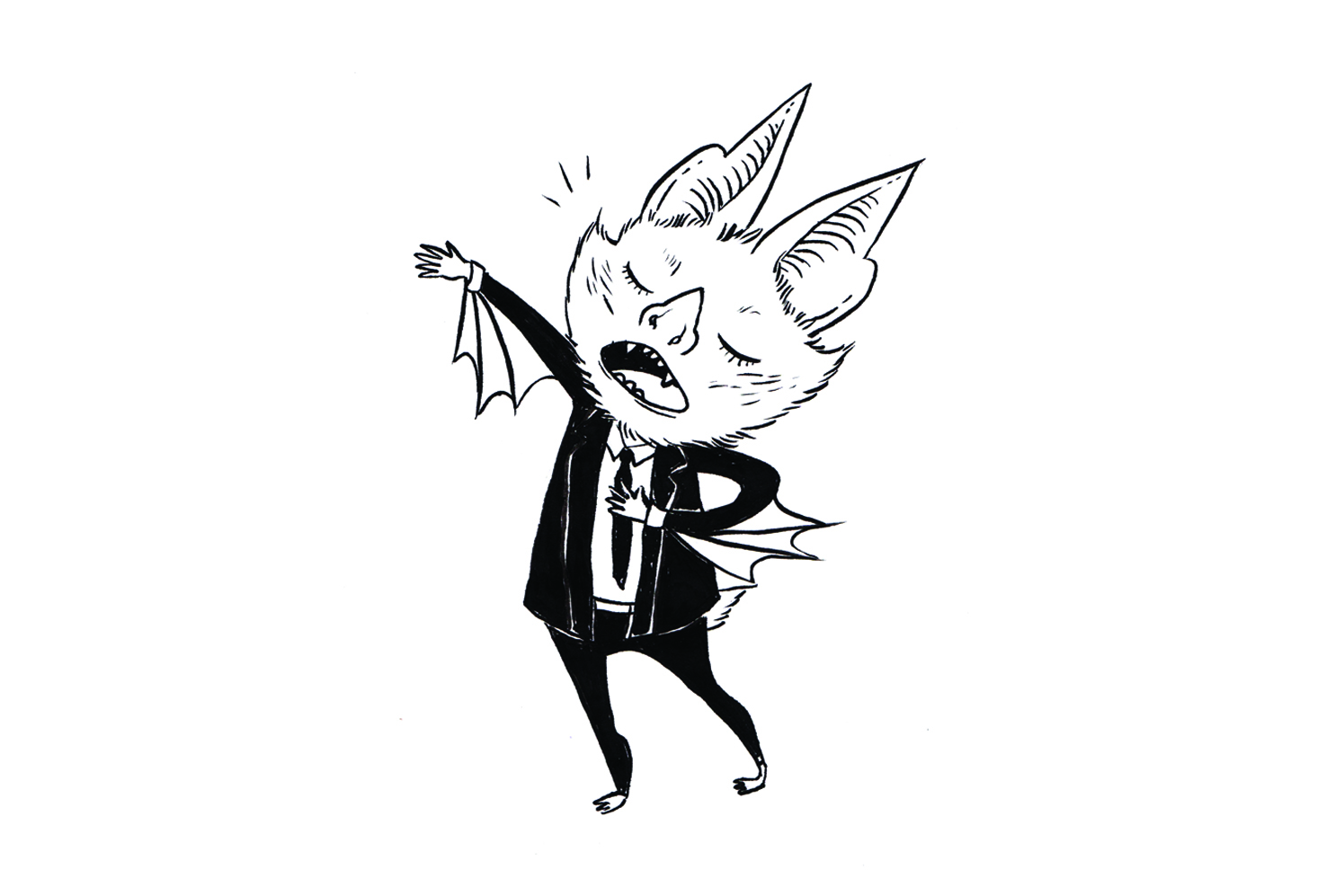The American Library Association for Intellectual Freedom released its list of “Most Challenged Books of 2015” after compiling reports from schools and libraries across the country. The list is released to heighten the awareness of parents, teachers and supervisors regarding material in certain books deemed inappropriate by some.
These books, currently found on the shelves of libraries across the country, may eventually be banned and removed.
The 2015 list includes the Bible, which is being challenged because of its religious content, and features John Green’s young adult novel Looking for Alaska. Coming in at number one, Looking for Alaska is book the greatest number of people across the country want to see removed.
Dammit, John Green! You went from writing heart-wrenching love stories featuring teenagers with cancer to writing risqué, offensive, coming-of-age stories? Has fame corrupted you?
Thankfully Green, his messages, morals and writing style are still completely intact. Due to the author’s rise in popularity after two of his books, The Fault in Our Stars and Paper Towns, made it onto the big screen, Looking for Alaska began to rise in popularity as well.
After announcing a permanent screenplay and casting decisions regarding Looking for Alaska’s journey to the silver screen, the 10-year-old book’s finally starting to get the recognition it deserves.
Looks like it might have gotten the wrong kind of attention, though. After being on the shelves for over 10 years, the content of Looking for Alaska is now being challenged specifically for its “offensive language” and “sexually explicit content.” Due to over 50 swear words and scenes including drugs, alcohol and oral sex, it sounds almost reasonable that a book like this would be expected to be removed.
However, content is meaningless without context.
Looking for Alaska follows Miles “Pudge” Halter through his first year of college, where he not only experiences his first taste of the real world as he leaves home, but also has first-time encounters with parties, drugs, alcohol and girls. Along with the confusing process of self-discovery and exploration, Miles experiences problems all teenagers go through while growing up: the confusion that comes with personal discovery, the awkwardness of first-time sex, the frustration of school and the heartbreak of death.
Looking for Alaska is not only a real account of what all first-year college students are exposed to but also addresses the hard-to-ask questions that accompany some of the most confusing, difficult situations life throws at everyone.
This book is honest and raw when it comes to addressing the hard-to-deal-with subjects that society tends to shy away from. Naturally, it is going to contain some difficult content.
However, unlike other television shows, movies and music that not only condone but promote promiscuous behavior and illegal activities, Green graciously approaches these issues from a relatable 18-year-old point of view.
With Miles as the narrator, not only does it allow the reader to fully understand the thoughts that run through a person’s mind while confronting many of these confusing, defining moments, but it allows readers to explore the many different choices and decisions young people face. This not only makes the audience aware of the different paths we all take when we find ourselves in similar situations but highlights the effects—both positive and negative—of each choice.
The friendships Miles creates also impact the audience as readers are exposed to the different types of relationships that form outside of high school boundaries and comfortable settings.
Romance explored in Looking for Alaska not only highlights the awkwardness and worry of first time hook-ups and relationships that develop outside of Mom and Dad’s careful watch, but represents to readers different approaches and perspectives in which these situations occur.
Looking for Alaska teaches audiences about the real-life, awkward, scary and difficult decisions and experiences that come with growing up. By addressing these things, not only does Green teach readers the different challenges one is faced with after graduating and taking on the world, but he gives readers the opportunity to reflect on the characters’ decisions.
Readers not only become more informed, but begin to question themselves, exploring what they would do or how they would act when faced with similar situations.
Exposing students to content like this not only makes them aware of what may be to come, but allows them to not only explore how they feel about them but what they would personally do if confronted with similar circumstances. Looking for Alaska prepares readers for real life.
What is the point of removing a book like this from library shelves when the very instances described in the book are going to occur in the students’ lives? Are we protecting students by guarding them from these real-life situations? Or are we simply prolonging the harsh wake-up call and shock of reality?






